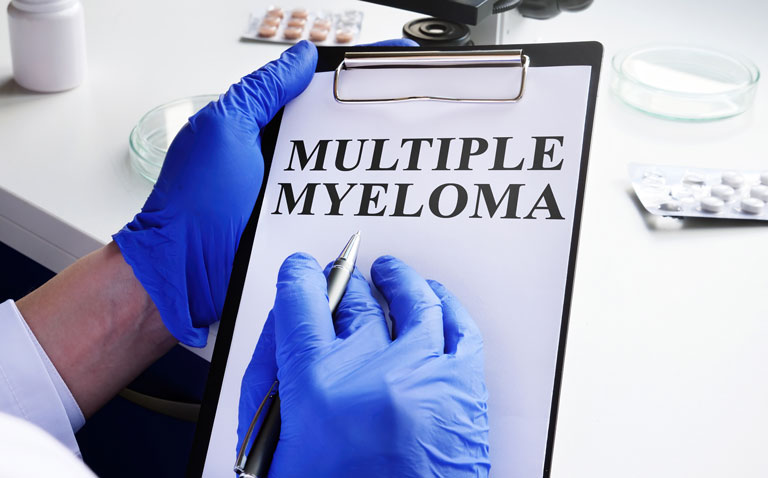Screening older black patients or those with relatives who have blood cancer identified an elevated precursor incidence for multiple myeloma
The screening of older black patients or those with a first-degree relative who has a haematological cancer led to the detection of monoclonal gammopathy of undetermined significance (MGUS), which is a precursor to multiple myeloma (MM). This was the conclusion of a study by a researchers from the Department of Medical Oncology, Dana-Farber Cancer Institute, Boston, US, presented at ASH 2021.
MGUS a benign condition which is usually diagnosed incidentally when tests are performed to investigate other problems although MGUS is a precursor to multiple myeloma in around 1% of cases. However, the prevalence of MGUS has not been described in a population at high risk of developing MM, in particular, Black/African American (AA) individuals or first-degree relatives of patients with haematologic malignancies (HM).
In 2019, the US researchers launched the first nationwide US (PROMISE) screening older black patients study for individuals at high risk of MM to help better identify what population would benefit most from screening and early intervention for precursor MM stages. The overarching aim of the study is to assess the prevalence of MGUS in a high risk population and to characterise the clinical variables of individuals who screen positive. For the present study, the researchers reported on screening data available for the first 2960 participants.
The researcher team recruited individuals aged 40 or older with an additional MM risk factor which included Black/AAs and those with a first-degree relative diagnosed with a haematologic malignancy or a precursor condition to MM. Blood from all participants was analysed to measure the serum free light chains (sFLC), IgG, IgA and IgM. In addition and for comparative purposes, the team also identified and screened additional individuals from the Mass General Brigham (MGB) Biobank who met the PROMISE enrolment criteria. The researchers measured Heavy-Chain MGUS (HC-MGUS) as a marker for MGUS.
Findings
Screening older black patients occurred with 2960 individuals participants (1092 from PROMISE). The overall prevalence of HC-MGUS was 9.6% (95% CI 8.6 – 11%) and 10% (95% CI 8.3-12%) in PROMISE and 9.4% (95% CI 8.1 – 11%) in the MGB cohort.
The prevalence of HC-MGUS increased with age in high-risk individuals from 4.9% (CI 3.3 – 6.9%) for participants aged 40-49 to 13% (95% CI 10 – 17%) in the 70-79 range (P < 0.005 ). Among monoclonal HC-MGUS, they detected 65% IgG, 18% IgM, and 18% IgA. M-spike was quantified in 97% of samples.
The authors concluded that screening older black patients or those who have a first-degree relative with an HM have a high prevalence MGUS and may therefore benefit from precision screening approaches to allow for early detection and clinical intervention.
Citation
El-Khoury H et al. High Prevalence of Monoclonal Gammopathy in a Population at Risk: The First Results of the Promise Study. ASH Conference 2021










